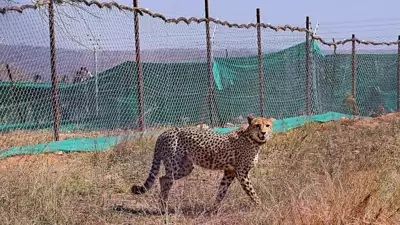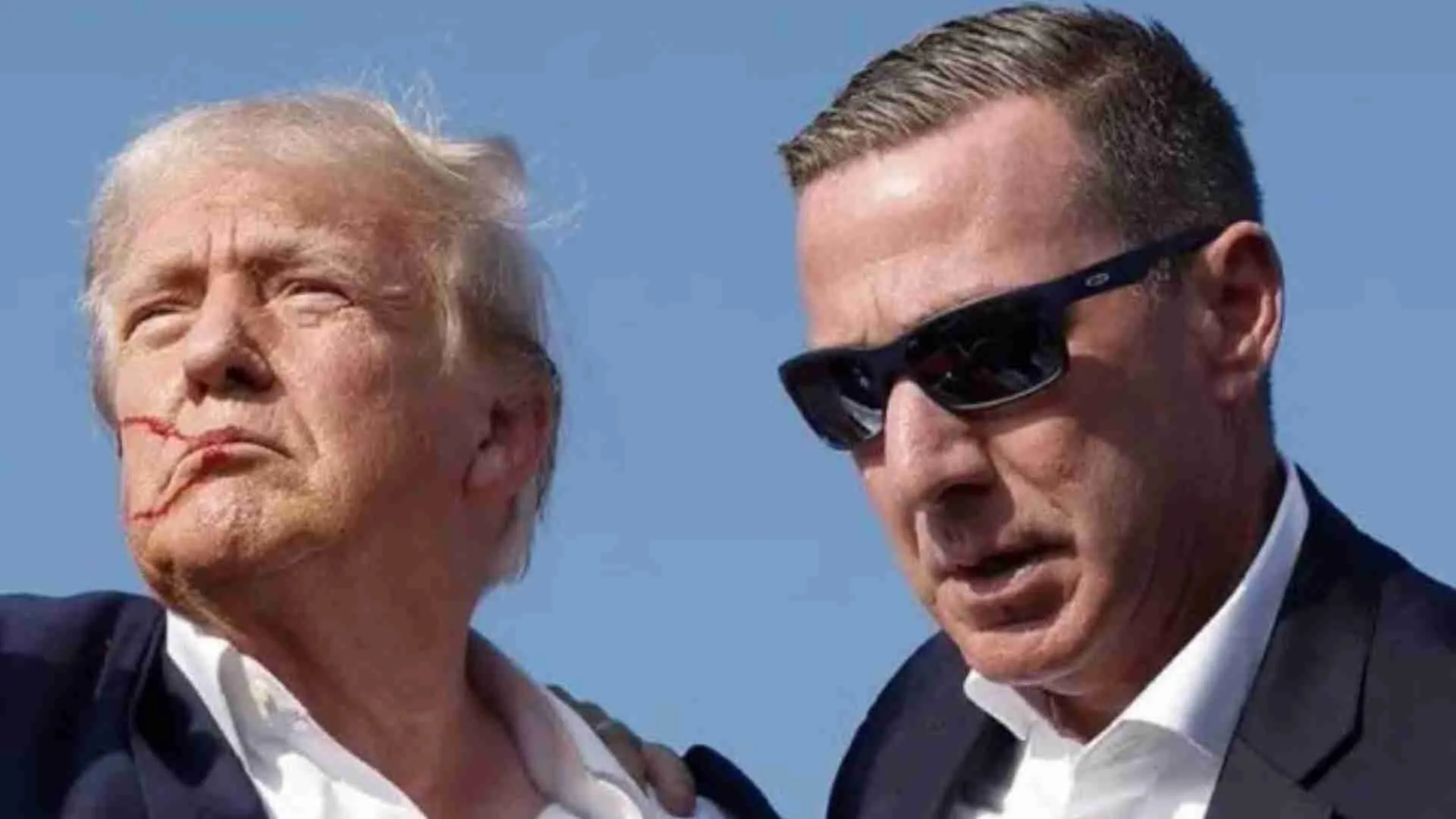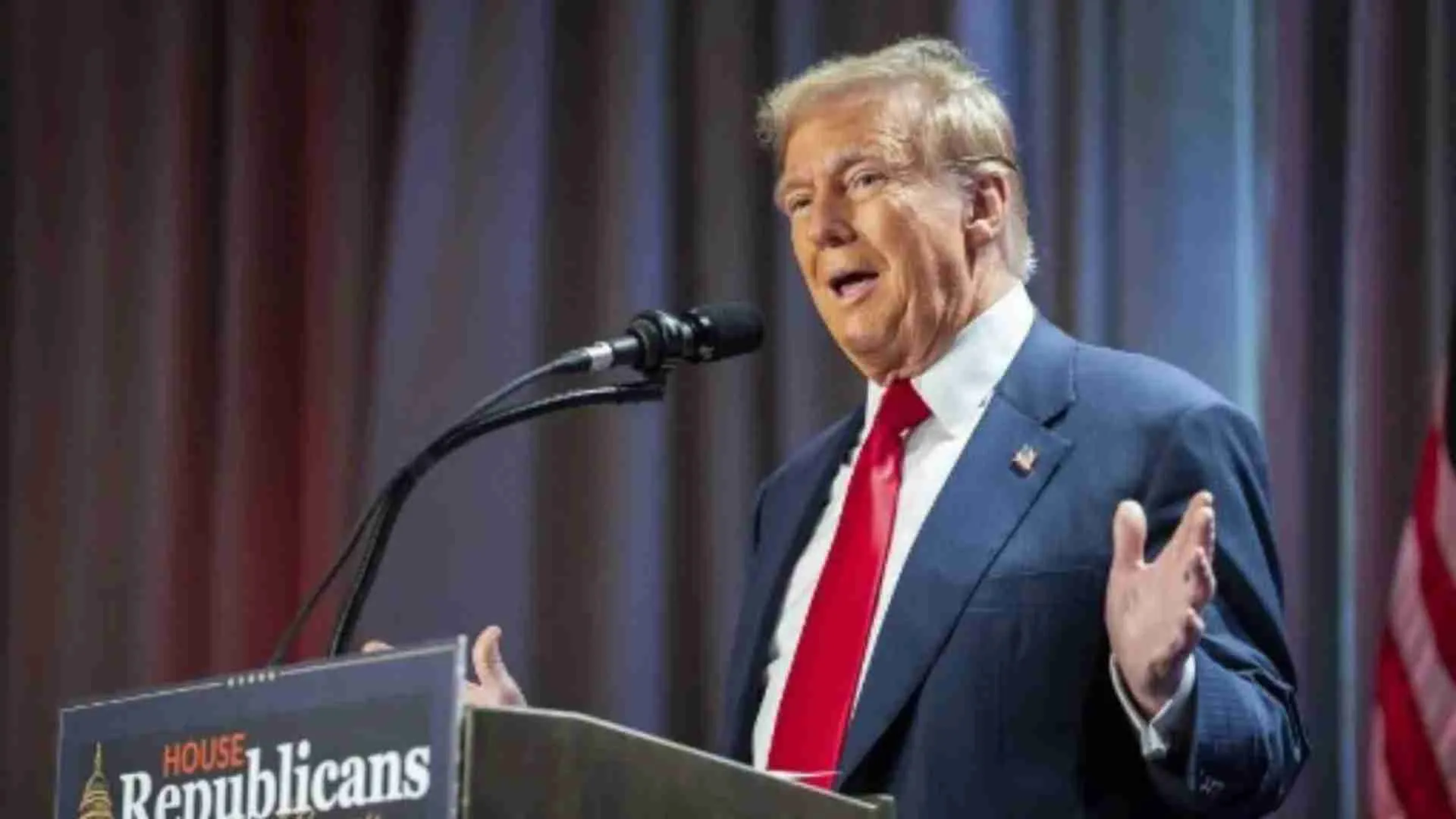As part of India’s ambitious cheetah introduction programme, Kuno National Park welcomed a total of twenty African cheetahs from Namibia and South Africa in September last year. Tragically, five of these adult cheetahs have passed away due to different causes, with the first death occurring on March 27.
The recent deaths of Tejas and Suraj, both male cheetahs, have been surrounded by controversy. According to experts from the Cheetah Project Steering Committee, the cause of their deaths was septicemia, a bloodstream infection. This infection was attributed to a combination of factors, including abrasion caused by radio collars fitted on their necks and the accumulation of moisture beneath the collars. These conditions led to dermatitis, sepsis, and eventually the demise of the cheetahs.
Adrian Tordiffe, a South African veterinarian and member of the Cheetah Project Steering Committee, has confirmed the presence of maggot-infested wounds in the newly identified cheetahs. Efforts are underway to assess the extent of the problem and determine if other cheetahs are also affected by similar symptoms. Tordiffe expressed his concern, stating that the death of Suraj on July 14 could have been prevented if prompt action had been taken. He mentioned that authorities lost valuable time waiting for the post-mortem report of Tejas, the first cheetah to succumb to a neck wound on July 11.
Now, three more male cheetahs in Kuno have been reported to have similar wounds on their necks that are suggestive of radio collar infections. Among the affected cheetahs, the three individuals are Pavan (also known as Oban), Gaurav, and Shaurya.
In response to the recent cheetah deaths, Prime Minister Narendra Modi conducted a high-level meeting on July 19 to review the progress of Project Cheetah. According to officials, the responsibility of monitoring the situation has been assigned to Union Environment Minister Bhupender Yadav and Madhya Pradesh Chief Minister Shivraj Singh Chouhan. The Union Environment Ministry has appointed a team of five experts, including one from the Indian Forest Service, to inspect Kuno National Park.
Adrian Tordiffe emphasised the immediate need to assess the magnitude of the issue across all animals. Ongoing efforts involve monitoring teams closely observing the animals for any symptoms to facilitate prompt treatment. Once the full extent of the problem is determined, several decisions will need to be made. In cases where animals show no signs of lesions, it may be deemed acceptable to leave the collars on.
However, concern arises if an infection develops in the following days.
Tordiffe suggested that it might be practical to bring all cheetahs back to the enclosures during the monsoon season and remove their collars during this period. This temporary measure would protect the cheetahs from the humid and wet conditions at Kuno until they subside.

















